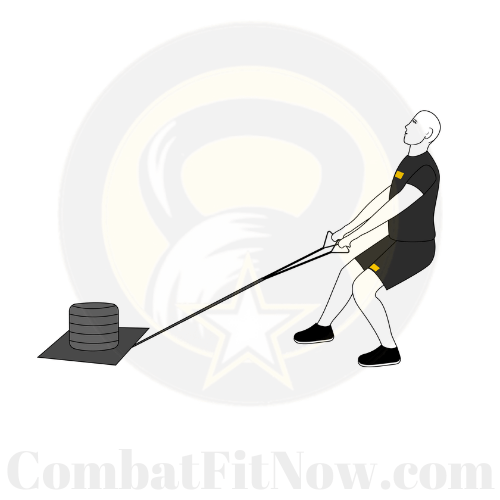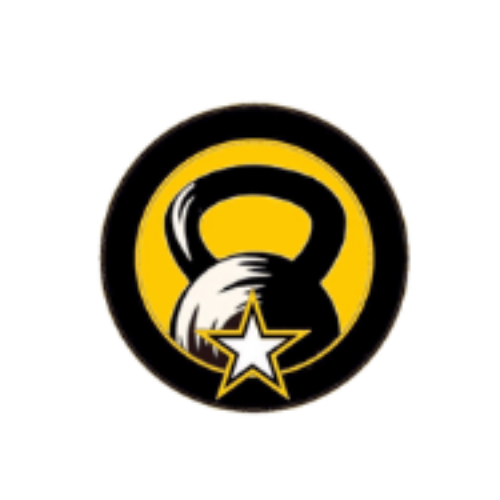Drag sled is a great exercise for building strength and endurance, particularly in the lower body and core. Here’s a general guide on how to perform a sled drag:
Equipment Needed:
- Sled: You’ll need a sled specifically designed for dragging. These often have a flat surface and a place to attach a harness or straps.
- Harness or Straps: These are used to attach yourself to the sled.
Steps:
- Set Up:
- Attach the harness or straps to the sled. Make sure it’s securely fastened.
- Position the sled on a flat surface, such as a grass field, a rubberized track, or a gym floor.
- Adjust the Load:
- Add weight plates to the sled based on your fitness level. Beginners may start with a lighter load and gradually increase it over time.
- Put on the Harness:
- If you’re using a harness, wear it securely around your body. Make sure it’s snug but not too tight to restrict movement or breathing.
- Body Position:
- Stand facing the sled with your feet shoulder-width apart.
- Bend your knees slightly and hinge at your hips to get into a squat position.
- Grip:
- Grab the handles of the sled or the straps, maintaining a firm grip.
- Engage Core:
- Tighten your core muscles to stabilize your spine.
- Begin Dragging:
- Start walking forward, pulling the sled behind you.
- Take short, controlled steps, keeping a steady pace.
- Focus on using your legs and hips to drive the movement rather than relying solely on your upper body.
- Maintain Proper Form:
- Keep your back straight and chest up.
- Avoid leaning too far forward or backward; maintain a neutral spine.
- Distance and Reps:
- The distance you cover and the number of reps will depend on your fitness goals. You can perform sled drags for a specific distance or set a time limit.
- Cool Down:
- After completing your sets, cool down with some light stretching to improve flexibility and reduce muscle soreness.
Tips:
- Start Light: If you’re new to sled dragging, begin with a lighter load and gradually increase the weight as you become more comfortable with the exercise.
- Maintain Control: Focus on maintaining control over the sled. Avoid letting it pull you off balance.
- Listen to Your Body: If you experience pain (other than typical muscle fatigue), stop the exercise and assess your form or consider reducing the weight.
As with any exercise, it’s a good idea to consult with a fitness professional or healthcare provider, especially if you have any existing health conditions or concerns. They can provide personalized guidance based on your individual needs and goals.



